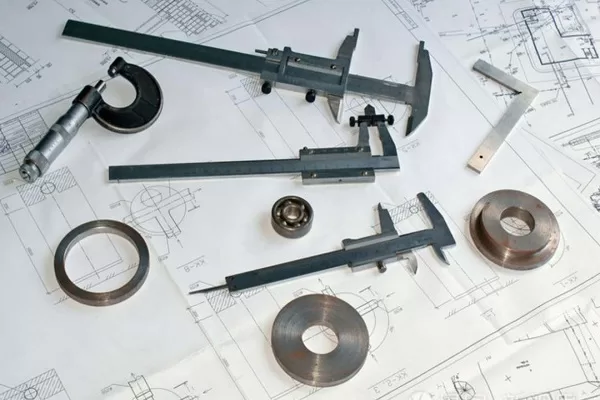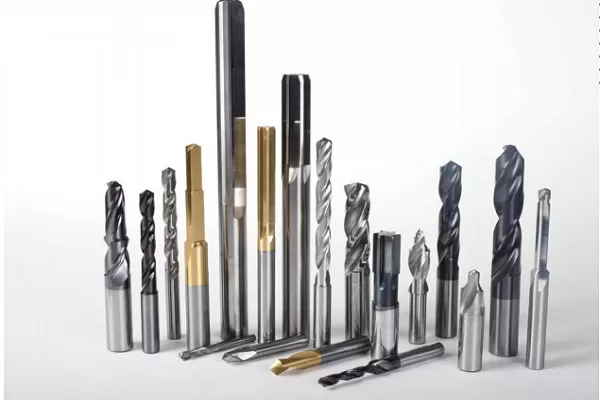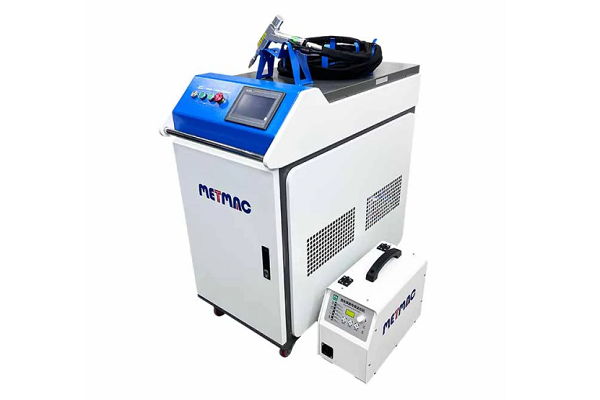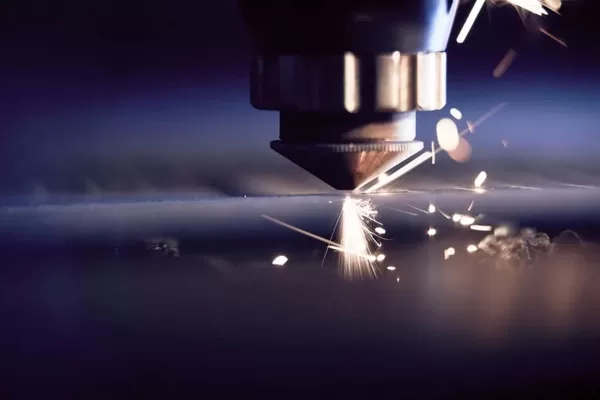
Best Practices for Using Snap Lock Duct Machines in a Commercial Setting
- By:Metmac
- 2024-07-29
- 71
In commercial settings, snap lock duct machines are indispensable tools for efficiently and effectively fabricating ductwork for ventilation and air distribution systems. Adhering to best practices ensures the production of high-quality ductwork that meets industry standards and enhances system performance.
Site Preparation and Safety
Proper Area Setup: Designate a well-lit and ventilated work area with adequate space for the machine, materials, and tools.
Ventilation: Ensure proper ventilation to remove metal shavings and dust generated during the fabrication process.
Personal Protective Equipment: Wear appropriate safety gear, including gloves, safety glasses, and hearing protection.
Material and Component Selection
Material Quality: Choose high-quality galvanized steel coils of the appropriate gauge and width for the intended application.
Snap Lock Type: Select the correct snap lock profile to match the existing ductwork or design specifications.
Gaskets and Sealants: Use compatible gaskets and sealants to ensure airtight connections and prevent air leakage.
Machine Calibration and Setup
Machine Calibration: Calibrate the machine according to the manufacturer’s instructions to ensure accurate measurements and uniform cuts.
Roll Forming: Adjust the roll forming dies to create the desired shape and size of the ductwork.
Seam Profile: Set the seam profile to the correct configuration for the snap lock design being used.
Fabrication and Assembly
Precise Cutting: Measure and cut the sheet metal to the desired lengths and shapes using the machine’s built-in measuring and cutting tools.
Bending and Flanging: Bend and flange the sheet metal into the appropriate shapes and angles using the machine’s bending and flanging tools.
Snap Lock Seam: Interlock the snap lock flanges by pressing them together using the machine’s snap lock seaming tool.
Quality Control and Inspection
Visual Inspection: Regularly inspect the fabricated ductwork for any defects, such as misaligned seams, gaps, or tears.
Air Leakage Test: Conduct air leakage tests to ensure the integrity of the ductwork and the effectiveness of the snap lock seams.
Labeling and Marking: Label and mark the ductwork clearly to indicate the size, shape, and intended installation location.
Maintenance and Troubleshooting
Regular Maintenance: Perform regular maintenance on the machine, including cleaning, lubrication, and calibration to ensure optimal performance.
Troubleshooting: Address any operational issues promptly by referring to the manufacturer’s instructions or contacting a qualified technician.
Documentation: Maintain records of maintenance and troubleshooting to monitor machine performance and identify potential issues.
-
The Advantages of Using a Sheet Roll Forming Machine in Manufacturing
2024/09/14 -
How to Optimize Your Laser Sheet Cutting Machine for Maximum Performance
2024/09/12 -
How to Maximize Efficiency with Modern Sheet Metal Working Machines
2024/09/04 -
The Environmental Benefits of Using Duct Board Grooving Machines
2024/09/03
-
A Guide to the Latest Innovations in Sheet Metal Folding Machines
2024/11/29 -
Key Features to Consider When Investing in a Sheet Metal Folding Machine
2024/11/28 -
Enhancing Precision with Advanced Sheet Metal Folding Machines
2024/11/27 -
How to Choose the Right Sheet Metal Folding Machine for Your Workshop
2024/11/26



